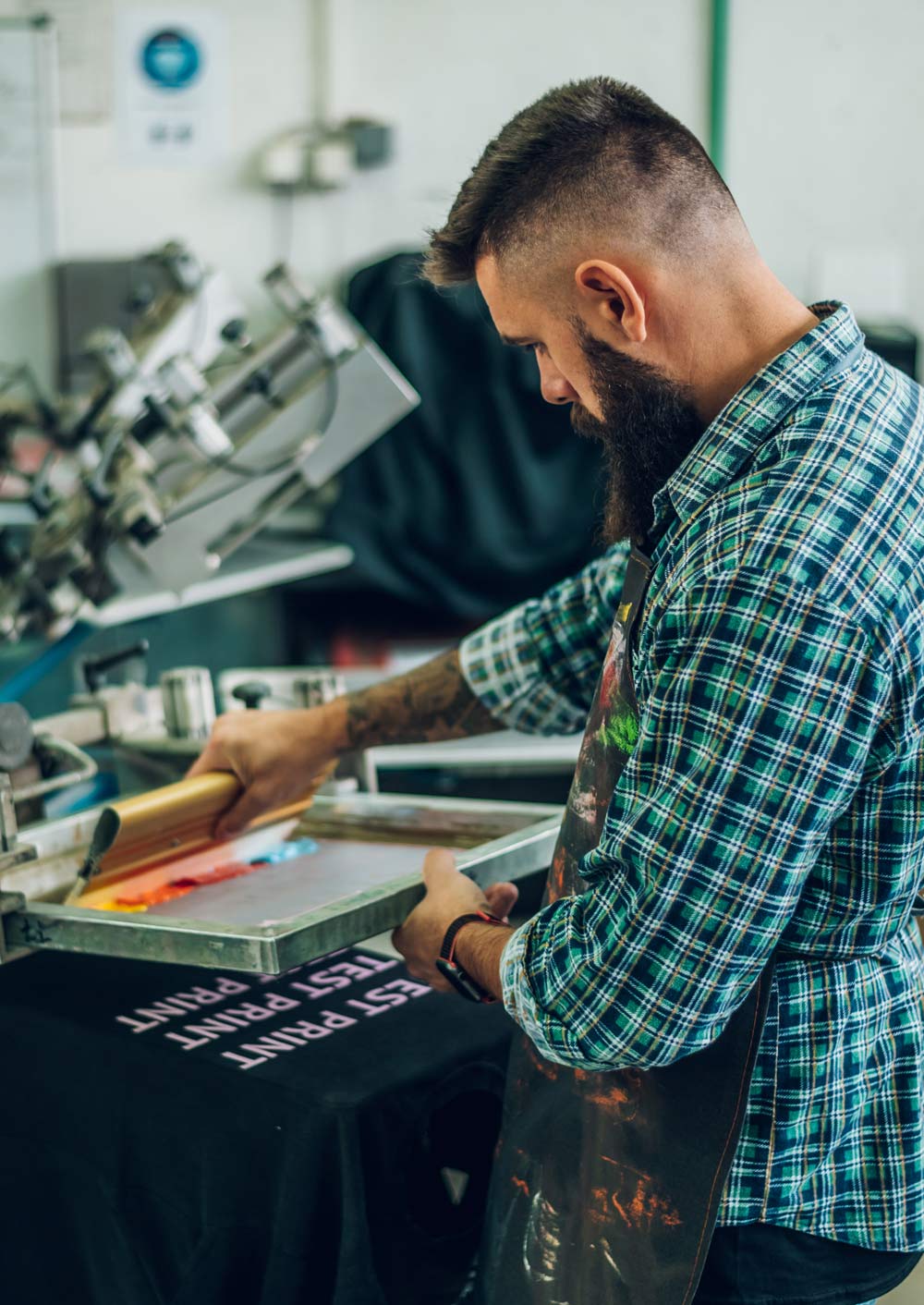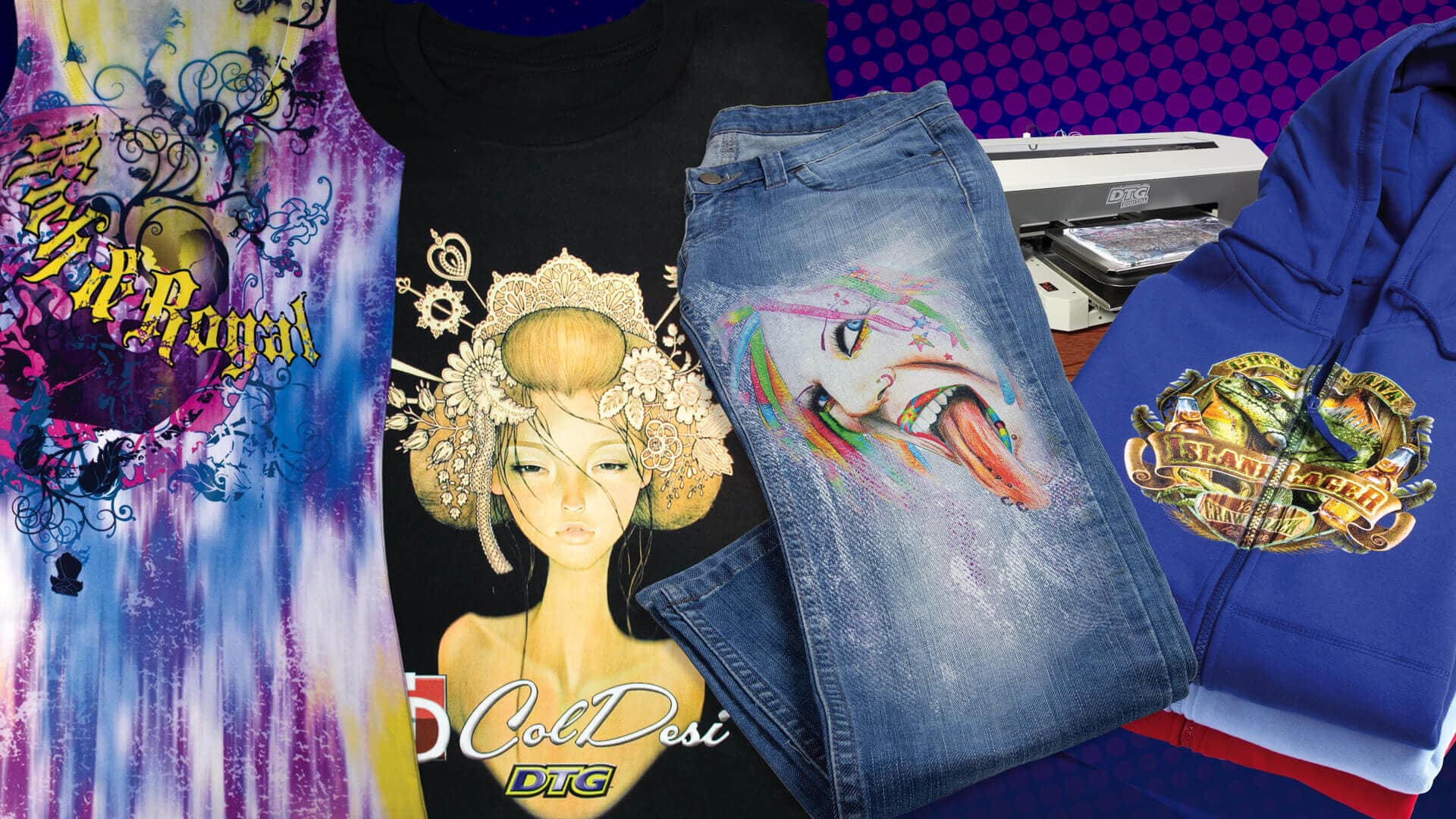What is direct-to-garment (DTG) printing?
(also known as apparel printing, tee shirt printing or digital garment printing) The Decorated Apparel Industry was taken by storm in late 2004 when some of the first commercial based direct-to-garment printers were released. “Decorated Apparel” refers to the group of businesses that add to or alter clothing after it’s been manufactured. As of 2013, this is mostly referred to as the custom t-shirt business. Stop by this Wikipedia Site intended for additional information concerning Adornments.
Before you can truly understand why DTG printing the DTG Printer has become so popular, you will need to understand some background history.
For years, if you wanted to put a custom design on just a few cotton t-shirts you would use either digital transfer paper or try to screen print the order. Both of these decorating methods have their advantages, but they also come with disadvantages as well.
Heat Transfers
Digital Transfers are basically designs printed out on a specialty paper that allows you to create as little as a one t-shirt via a standard desktop inkjet or laser printer. The cost to make a single transfer can range from $0.50 to $2.50 depending on what ink and paper is used by your printer. However, the transfer paper is covered with a polymer (AKA adhesive) that glues the ink to the top of the shirt and leaves a “hand” where it is applied. The hand is the plastic feel you might find on a design. You can easily tell a t-shirt made with this method because the designs are usually clearly defined rectangles on the front. New transfer papers have been released that minimize the window but the technology remains fundamentally the same.
Screen Printing
Screen printing has traditionally been the decorating method of choice for most of the apparel that you see in retail stores. When screen printing, ink is only dropped down on garment where the design is,so you eliminate the rectangle effect and discoloration discussed with Heat Transfers. The process though, is much more complex. A graphic must be “separated” (the process that breaks the down graphic into the different colors needed to print it), a screen must be burned for each color and it requires a screen printing press to be setup. This can become a very time consuming and expensive process when you only need a few shirts. Less than 50 shirts in an order is commonly referred to as a short run, which can be as low as 1 shirt to as many as 48 depending on the size of the shop. When you include the set up cost, a screen printed shirt could easily be more than what your customer is willing to pay for. With the changes in fashion leaning more toward short-run, limited edition personalized garments, the need for a high quality solution grew.
The New DTG Printer Manufacturers and distributors continued to push the boundaries by finding cheaper and faster ways to screen print or to creating better inkjet transfers papers with less hand or feel to them. But the introduction of DTG printing allowed us to take the positive aspects of both inkjet transfers and screen printing in a solution that could be done in a compact space. The concept of DTG printing is basically using a digital printer to lay down a textile water-based ink that has chemical binders that allow the ink to remain on the garment without a polymer being applied to the top of the shirt like a transfer. The ink is then cured to the garment using either a heat press or a textile conveyor dryer. With a modern Direct to Garment Printer (DTG Printer) an apparel decorator can take the artwork from a customer, put it on to a garment and get paid by the customer in less than 10 minutes. With some modification to the artwork, the decorator can personalize the next garment with a name, number(s) or different colors and produce another custom garment quickly as well. That is the beauty of DTG printing – short run, personalized garments in the matter of minutes.
Which method should you use for custom t-shirt printing?
When looking at garment decoration printing options, many times the decision comes down to a choice between four main options—each with its own strengths and weaknesses. For printing directly onto the garment your choices are direct to garment digital printing (DTG) and traditional screen-printing. The other methods would be sublimation or thermal transfers. As stated above, each of these processes has its own pros and cons. You should make your decision based on the factors that are most important to your business application.
Thermal or Heat Transfer Printing
Thermal transfer printing involves the smallest initial investment, you simply need a conventional inkjet or color laser printer with the proper transfer paper and a heat press and you are ready to go. The most common complaints about thermal transfers are cost per print, inconsistent wash results, peeling and/or cracking of the transfer, outline of transfer paper visible on the garment and unnatural feel of shirt where the transfer was placed (heavy hand). The issue of the outline of the transfer paper can be addressed by trimming the transfer prior to pressing, which can greatly add to the production time. The typical inkjet printer using off the shelf inks and moderately priced transfer paper will print a letter sized transfer (8½” x 11″) for about $1.50 – $2.00. The process is simple to learn and friendly to most cotton and cotton blend garments but, it is also a process that any consumer can reproduce at home with their own desktop printer and a “t-shirt printing kit” from their local office supply store making it somewhat difficult to sell. As inkjet and laser printer inks are translucent, most thermal transfer printing is a white or light garment decoration option only. Newer heat transfer papers can be purchased for dark garments, but that adds to the cost significantly.
Sublimation Transfer Printing
Sublimation transfers differ from thermal transfers in that they are a dye that actually transfers from the carrier paper to the garment. When heated, sublimation pigments pass from a solid state to a gas state (never becoming liquid) and imbed themselves in the fibers of the garment. Sublimation produces a print that has virtually no feel (little or no hand) on the garment. Sublimation is more expensive to get into than thermal transfer printing, as you need a dedicated inkjet or color laser printer as well as specialty sublimation inks and a heat press. A full set of sublimation inks can run into the $300-400 range for the typical inkjet printer toners for color lasers are sometimes $500-600. Unlike thermal transfers, screen-printing and direct to garment printing sublimation needs a synthetic substrate to effectively transfer to simply put it is not cotton friendly. So in other words, this option will not work on the most cost-effective and common piece of apparel – a cotton t-shirt. Sublimation is definitely the process of choice for decorating non-textiles such as mugs, plates, brass and aluminum and is famous for a beautiful print on the these objects. Sublimation does produce very vibrant prints when printed on the correct type garment and their wash fastness is excellent, however, they do tend to fade with exposure to sunlight, so they are not the best solution for garments that will be worn extensively outdoors. Most manufacturers of sublimation inks/toners offer specialty software for printing sublimation transfers that contain profiles for better color matching while these packages a nice, they also add additional cost and learning curve to the process of producing good output. Because of its’ nature, polyester is a white, or light color garment decoration process only.
Screen-Printing
When most of us think of decorated t-shirts we think of traditional screen-printed shirts. The process of screen-printing is the oldest and most proven of the four common methods of garment imprinting, it is also the most labor intensive. Screen-printing lends itself well to large run orders as well as to simple logo work. The more colors and the smaller the order the less that traditional screen-printing makes sense. Unlike the other three processes discussed here, with screen-printing once the artwork is done on the computer: the work really begins.
Wikipedia has and informative article on Screen Printing here. A typical 4 color screen-print job can take 2 hours from the time the artwork is done on the computer until the first garment is printed. Once the job is set up, though, shirts can be produced a very high rate. Orders of 12-24 shirts are definitely not practical with a screen-printing set up and many screen-printers won’t take an order for less than 72 garments. Once everything is setup a traditionally screen-printed garment may only have 5-10 cents worth of ink on it, however, the typical screen-print job costs $10-15 per color to set up. Because screen-print inks can be opaque, screen-printing lends itself to white, light and dark garments (though printing on darks does require a bit more skill than lights and whites). Other issues of concern with screen-printing are workspace and disposal of waste products as well as a moderate learning curve.

Direct to Garment Digital Printing (DTG)
The most versatile way to imprint garments is Direct to Garment Digital printing or DTG. DTG printing involves the use of a highly modified inkjet printer with specially formulated, water-based garment inks which are heat set with a heat press or tunnel dryer. Unlike screen-printing, DTG output does not require separations, films and screens. Once your artwork is ready on the computer it is output directly onto the garment.

Because of the lack of steps required for DTG, short run orders can be quickly and economically produced in a seemingly infinite number of colors. The cost of output onto a white or light colored garment is typically under 20 cents for an 8½ x 11 image and output onto a dark garment for the same size image is generally around $2.00. Production times on a DTG print are similar to those for a sublimation or thermal transfer, and generally a bit slower than those for traditional screen-printing (once the press is set up and printing). With DTG printing there is virtually no hand on light and white garments and minimal feel on dark garments. A complete DTG t-shirt printing package can fit on a typical 6-8’ table, so your entire business can be run from a single small office space if it needs to. All you need is your computer, the DTG Printer and a heat press.
DTG printing does not compete with simple one and two color screen print jobs when quantities exceed 3 or 4 dozen, but, it does fit in nicely for larger runs of more complex artwork (full color graphics). It used to be that the biggest challenge most new DTG printers face was marketing their product because of its new technology. But now, huge companies like Zazzle and Café Press rely on digital garment printing to power there online custom tee shirt businesses, so public acceptance is complete. Now that printing with white ink for DTG printers has been perfected, DTG on dark shirts occupies a unique place in the market as it is virtually impossible to address with any other form of garment imprinting methods. Direct to Garment Digital printing is the best way to power your custom t-shirt business! Contact us today for more information.









